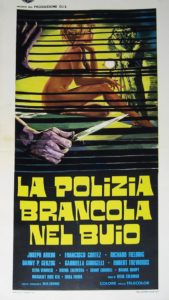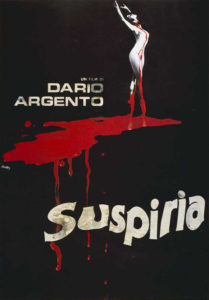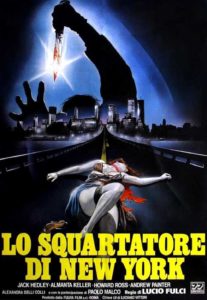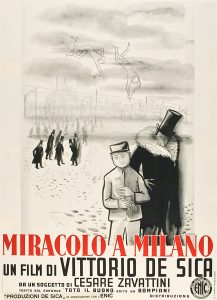The Police Are Blundering in the Dark was the absolutely perfect title of one of the movies in a box set categorized for forgotten giallos, which you may note was not indicated to be forgotten gems or anything, just, forgotten. But that’s okay, when you’re in the right company and already like the genre and especially, my lord, that title.
A bunch of fashion models have been disappearing over the last few months, including one nice lady who clearly should have worn a bra if she was going to be running away that much, and a second nice lady who had abysmal taste in boyfriends. But now that she’s dead, the boyfriend has decided he cares enough about her to at least find out what happened, even if he couldn’t be bothered to show up the night before and help fix her car, since he was cheating on her at the time.
He quickly finds himself at the center of an inexplicable and poorly explained family drama involving a local erotic photographer, his unhappy wife, their niece, and the local doctor who likes to hang around and prescribe drugs for the wheelchair-bound photographer, who to be fair is in poor health. Also, the photographer can take pictures of thoughts. For some reason.
Who among them is the killer, though? Or could it be the newly hired stone-faced butler and nymphomaniac maid who are objectively pulling some kind of con? Or the mentally simple son of the innkeeper and his estranged wife? Or for that matter someone I’ve forgotten? But I don’t think I have. Like the police, you’ll blunder in the dark wondering what is going on, why so many plot points have been dropped, and how the mystery got solved other than timing and dumb luck.
The thing is, this makes it sound like I didn’t like the movie, when, oh no, it was hilarious and inexplicable in exactly the ways bad exploitation movies should be. Great with friends and drinks, and probably still pretty great just by yourself.




